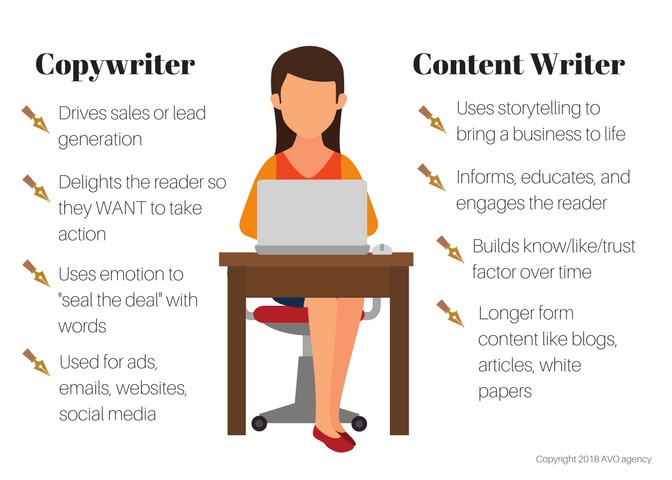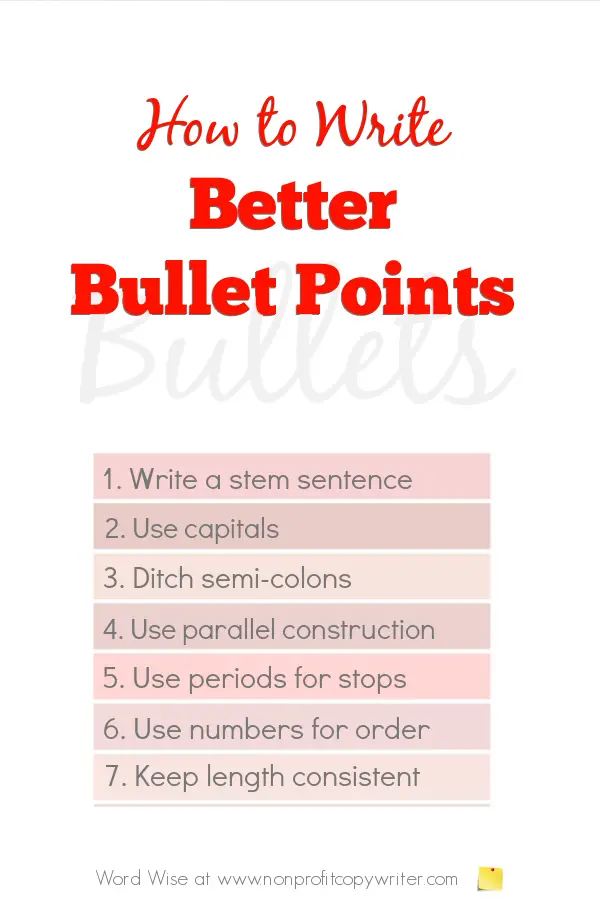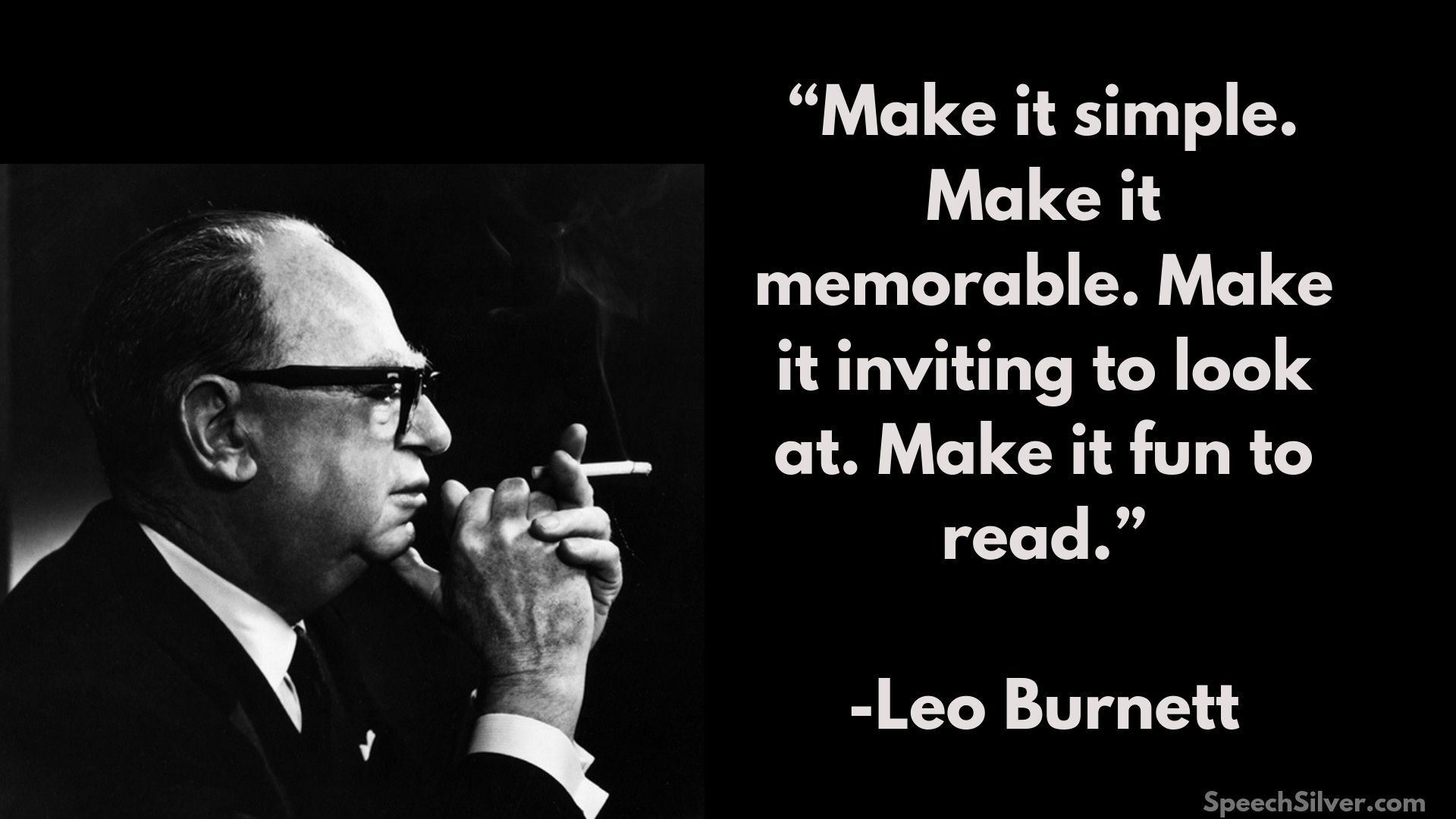How to Write Copy That Sells in 2023
We are living in a world of social media and influencers where every brand, person, and someone’s dog has something to say! Add to the mix the rise of AI, and it’s a whole mess where it becomes critical to know how to write copy that sells – and we mean really SELLS!
With so much noise, you must master the art of copywriting for social media, websites, ads, and whatnot.
Top Tips for Writing Copy That Really Converts
- Make it easy to read
- Address objections directly
- Use bullets and lists
- Replace adjectives with stronger nouns
- Avoid empty testimonials
- Use the power of emotion
- Make it about THEM
- Try catchy statements
The “write copy meaning” has changed recently with the rise of several AI tools.
However, we believe that it’s still the art of crafting persuasive and engaging messages that inspire action.
So, if you want to learn how to write copy for social media, ads, websites, blogs, etc., that sell hotcakes, read below…

Make It Easy to Read
Your audience shouldn’t need a dictionary or a degree to understand what you’re saying. Use language that’s accessible and easy to digest. Think of it like a conversation with a friend, not a thesis defense!! Also, pay attention to your grammar, as it can damage the consumers’ image of your brand.
Address Objections Directly
Don’t be afraid to tackle the elephant in the room. If you know your audience has concerns or hesitations, address them head-on. This will make you appear more transparent and trustworthy, and it will also give you the opportunity to explain why your product or service is the solution they need.
Use Bullets and Lists
People don’t have a lot of time these days, so make it easy for them to scan your copy. Using bullet points and lists can help you highlight the most important points and make them more memorable. Just be sure to use them strategically (people tend to remember the first and the last one), and don’t overload your reader with too much information.

Replace Adjectives With Stronger Nouns
Adjectives are great, but they can also be overused and cliche. Instead, opt for stronger nouns that convey your message in a more direct and impactful way. For example, instead of “specific group,” say “niche.”
Avoid Empty Testimonials
Testimonials can be a powerful tool, but they lose their effectiveness if they’re vague or unconvincing. Make sure your testimonials are specific, detailed, and GENUINE!! A good testimonial is like a trust signal that tells your audience you can (or can’t) deliver on your promises.
Use the Power of Emotion
Emotion is a key factor in decision-making. If you want your copy to sell, you need to connect with your audience on an emotional level. Use language that taps into their desires, fears, and aspirations. And don’t be afraid to use storytelling to create an emotional connection.
Make It About THEM
Your audience is the star of the show, not you. Don’t focus on your own achievements or awards…Instead, make your copy about how you can help them solve a problem or achieve a goal. Use the word “you” more often than “we” or “I.”

Try Catchy Statements
Finally, don’t be afraid to use catchy statements that stick in your reader’s mind. This can be a clever headline… a memorable tagline… or a catchy call to action. Just make sure it’s relevant, engaging, and consistent with your brand.
To Wrap It Up!
Copywriting is a unique art form that requires creativity, strategy, and a deep understanding of your audience.
It’s not just about putting words on a page; it’s about knowing how to write copy that sells.
It’s about crafting a message that resonates with your readers, speaks to their pain points, and inspires them to take action.
At the end of the day, the best copywriters are those who are able to put themselves in their audience’s shoes and anticipate their needs and objections.
With these top tips in mind, you’ll be well on your way to writing copy that not only sells but also builds trust, inspires action, and creates meaningful connections with your readers.




